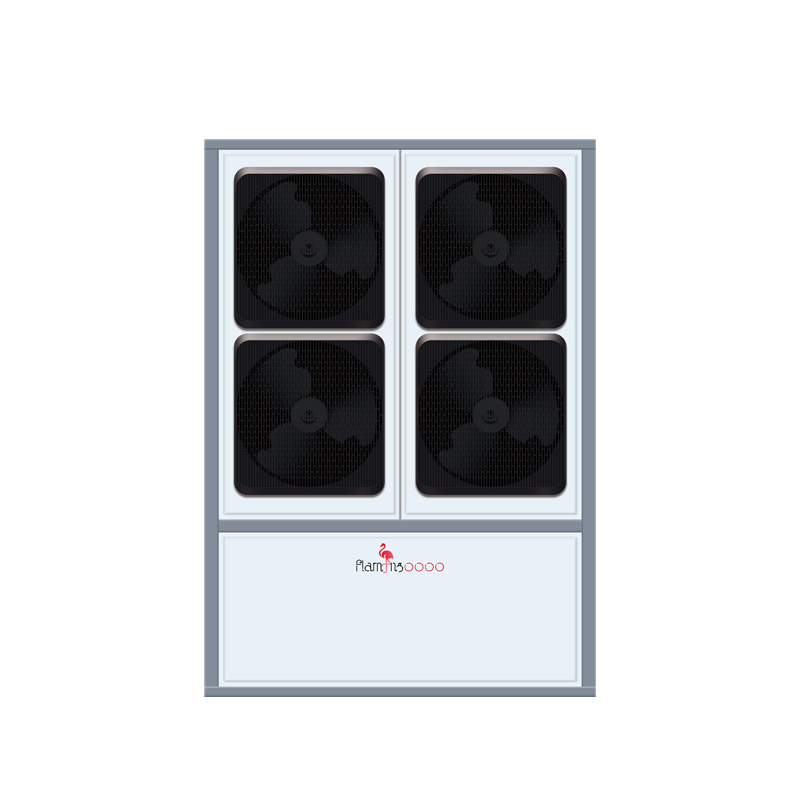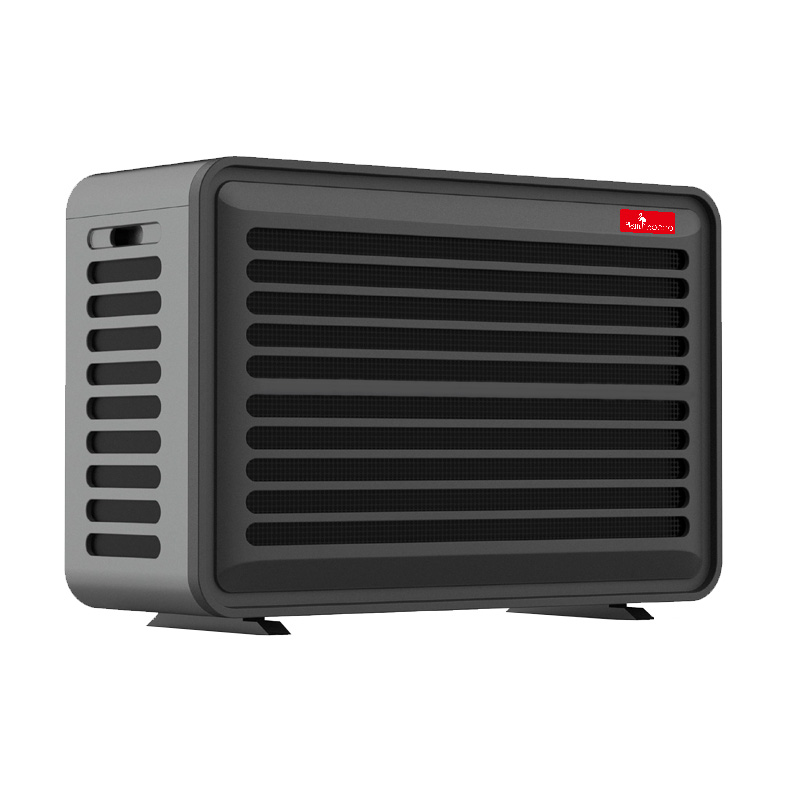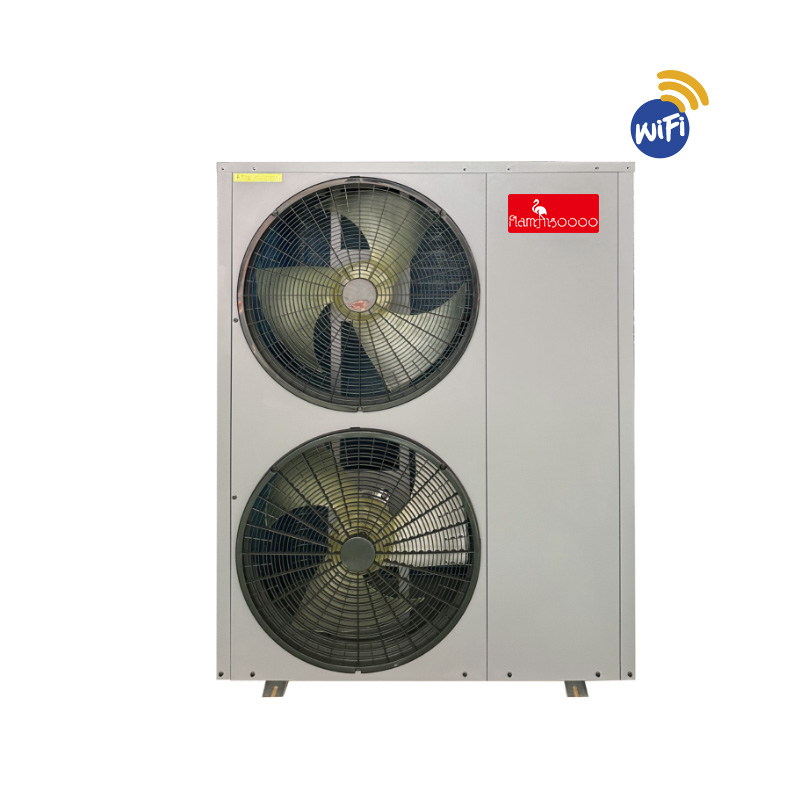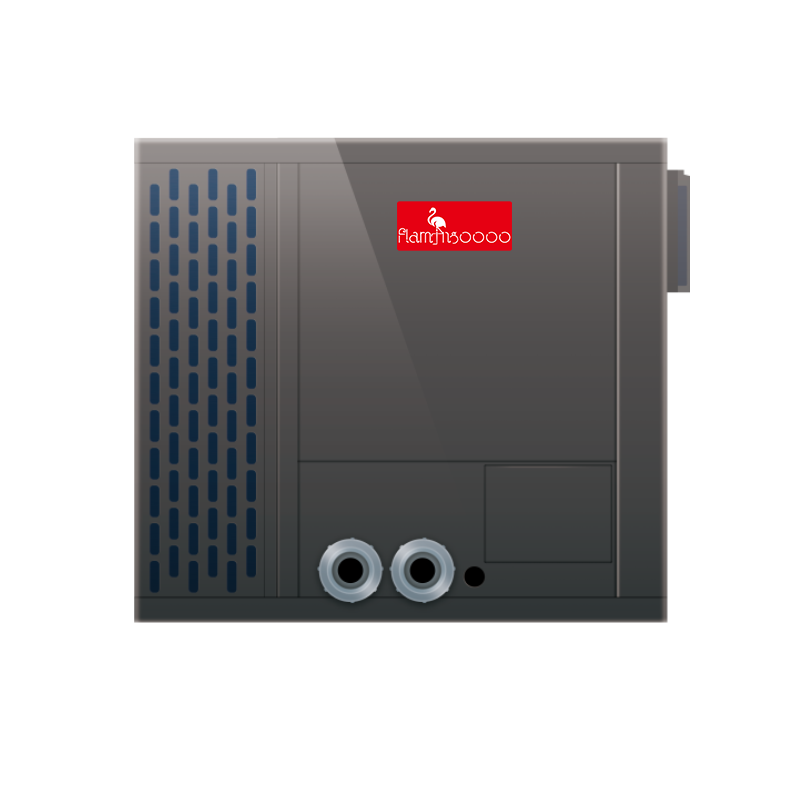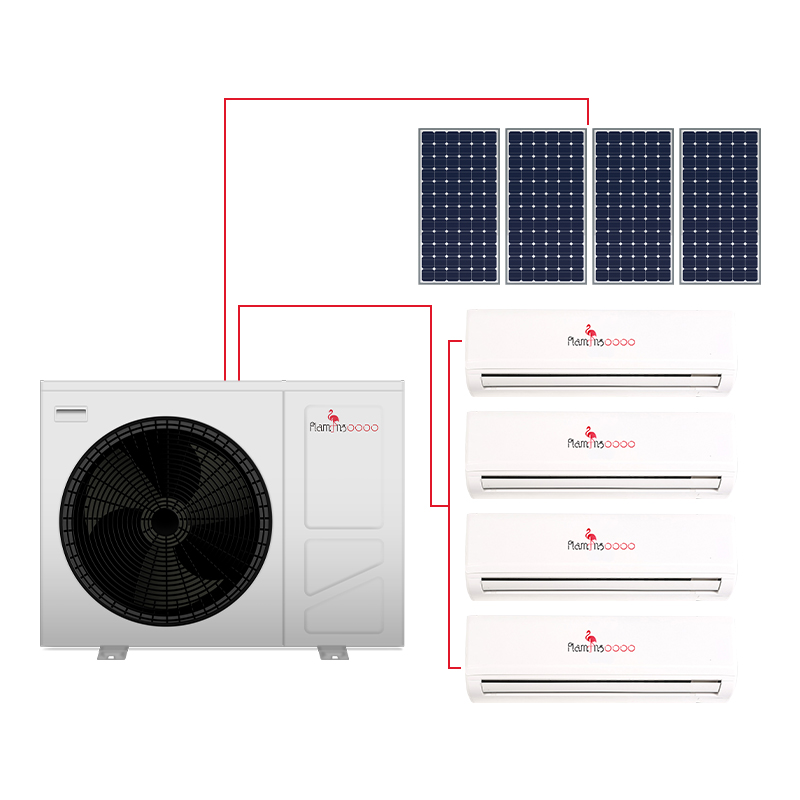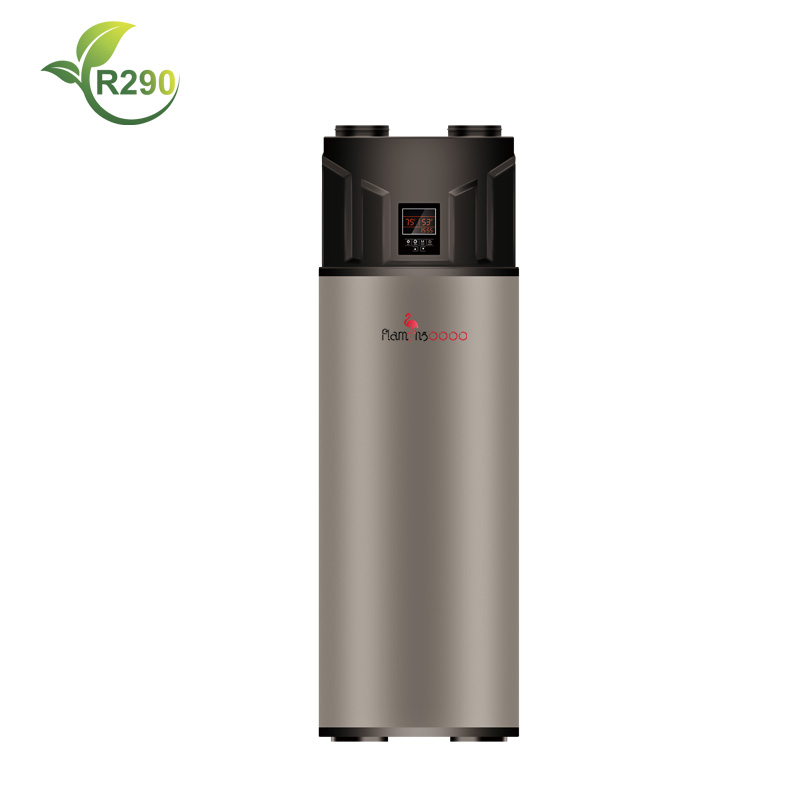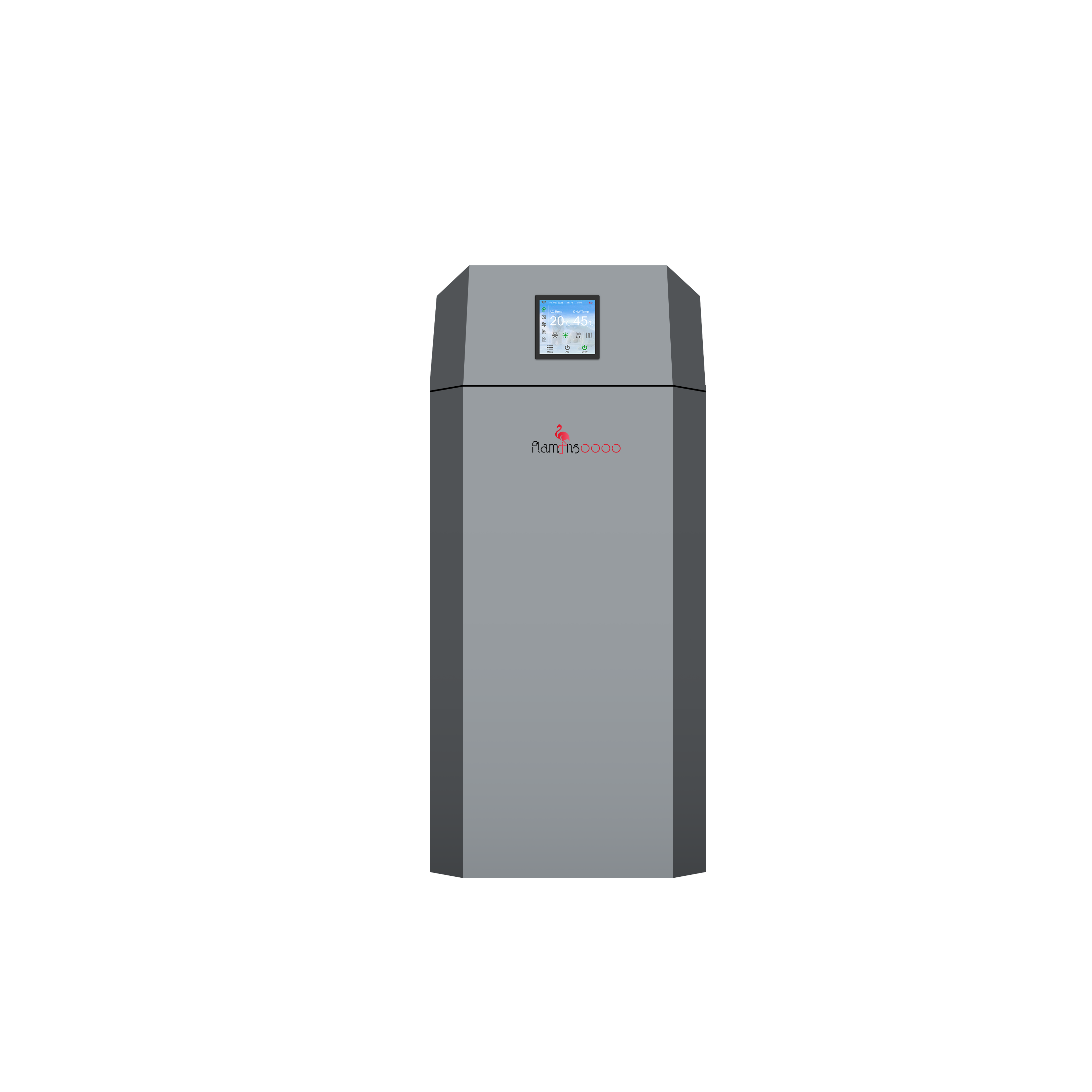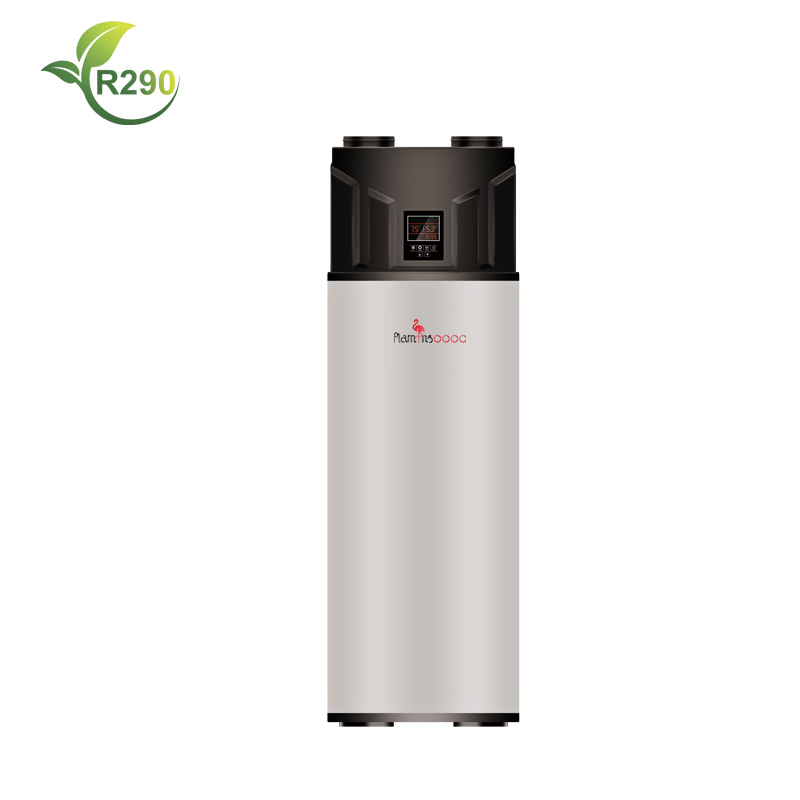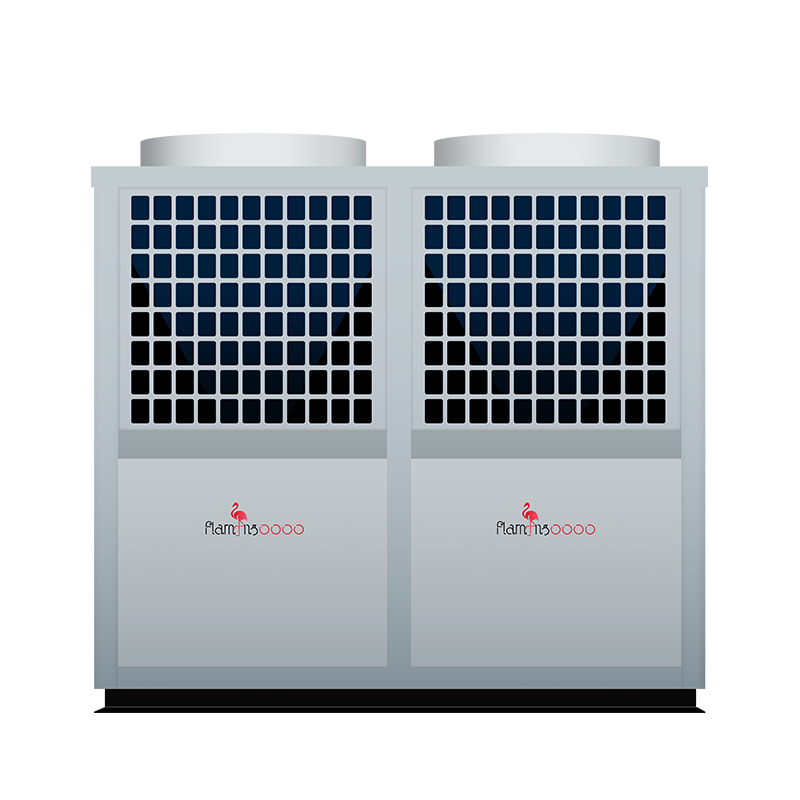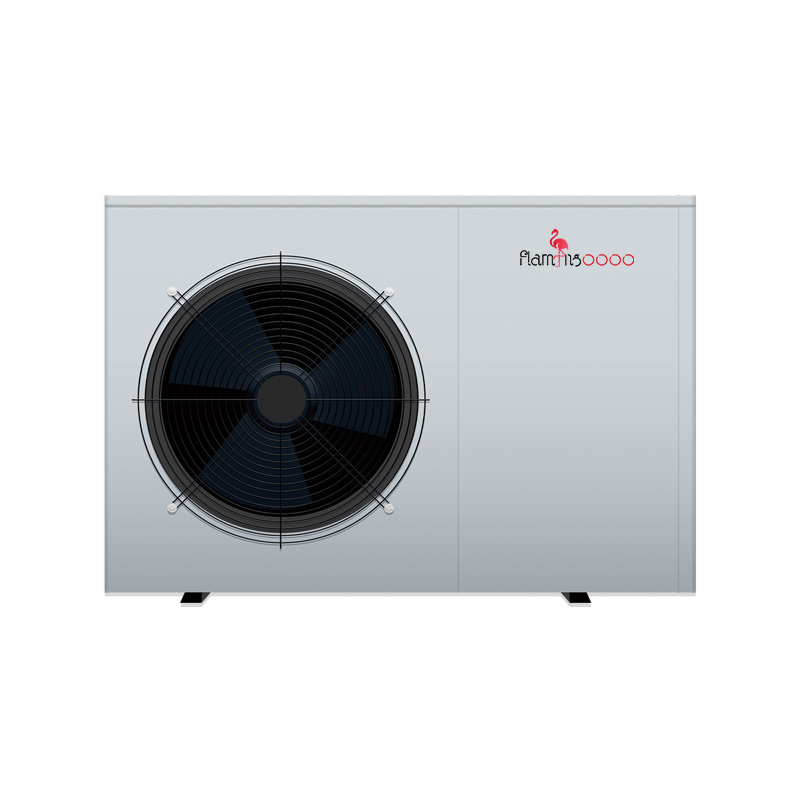Unlocking Advanced Skills in Heat Pump Copper Pipe Welding, Propelling Industry Process to New Heights
Recently, with the continuous growth of the heat pump market, the welding quality of copper pipes in heat pump systems has increasingly become a crucial factor affecting equipment performance and service life. To enhance the overall welding standards in the industry, numerous heat pump enterprises, technical experts, and welding practitioners have gathered to discuss advanced skills and processes in heat pump copper pipe welding.
Welding Challenges and Difficulties
The copper pipes in heat pump systems operate in complex environments, having to withstand high and low - pressure changes of refrigerants as well as frequent temperature fluctuations. This requires the welded joints of copper pipes to possess extremely high strength, airtightness, and corrosion resistance. However, in actual welding processes, defects such as porosity, cracks, and lack of fusion often occur. These defects not only affect the heating and cooling efficiency of heat pumps but may also lead to refrigerant leakage, triggering safety accidents.
Sharing of Advanced Welding Skills
Precise Material Selection and Pre - treatment
Technical experts point out that selecting the appropriate welding materials is the foundation for ensuring welding quality. For heat pump copper pipes, phosphorus - copper solder or silver - copper solder are generally used, and the specific choice depends on the material, specifications, and usage requirements of the copper pipes. Before welding, strict pre - treatment of copper pipes and welding materials is essential, including removing impurities such as oil stains and oxide layers to ensure the cleanliness of the welding areas. Methods such as sandpaper grinding and chemical cleaning can be used for pre - treatment, and the treated surfaces should exhibit a metallic luster.
Scientific Control of Welding Parameters
The control of welding parameters directly affects the quality of welded joints. During the welding process, it is necessary to precisely control parameters such as heating temperature, welding time, and welding pressure. Excessive heating temperature can intensify the oxidation of copper pipes and generate porosity, while insufficient heating temperature may prevent the welding materials from melting fully, affecting welding strength. Generally, for copper pipes of different specifications, the heating temperature should be controlled within an appropriate range. At the same time, the welding time should not be too long or too short to ensure that the welding materials can evenly fill the welded joints.
Skillful Application of Welding Techniques
Proficient welding techniques are the key to improving welding quality. When welding, welders should adopt appropriate welding postures and electrode - moving methods to ensure that the welding torch evenly heats the welding areas, enabling the welding materials to melt and flow smoothly. For difficult - to - weld areas, such as the elbows of copper pipes, a segmented welding method can be used, welding one part first, allowing it to cool, and then welding another part to reduce welding stress and avoid cracks.
Industry Process Development Trends
With the continuous advancement of technology, the welding process of heat pump copper pipes is also constantly innovating and developing. Currently, some enterprises have started to introduce automated welding equipment, such as laser welding machines and argon arc welding machines. These devices offer advantages such as high welding precision, fast speed, and stable quality, which can significantly improve production efficiency and welding quality. At the same time, the research and development of new welding materials are also progressing, such as silver - copper solder with low silver content, which not only reduces costs but also minimizes environmental pollution during the welding process.
Expert Outlook
Senior industry experts state that the improvement of welding skills and processes for heat pump copper pipes is an ongoing process that requires the joint efforts of enterprises, technical experts, and practitioners. In the future, with the further expansion of the heat pump market, the requirements for welding quality will become even higher. Only by continuously exploring and innovating welding technologies and strengthening talent training and technical exchanges can we propel the welding process in the heat pump industry to new heights and provide strong guarantees for the reliable operation of heat pump products.

